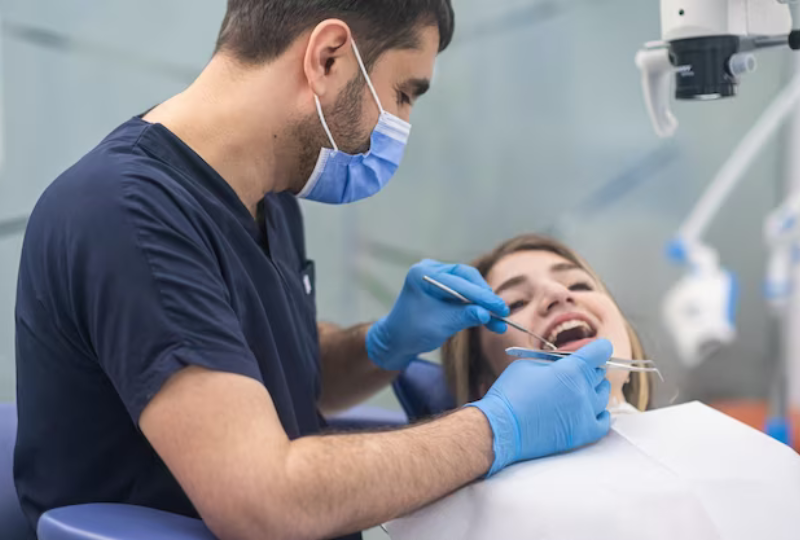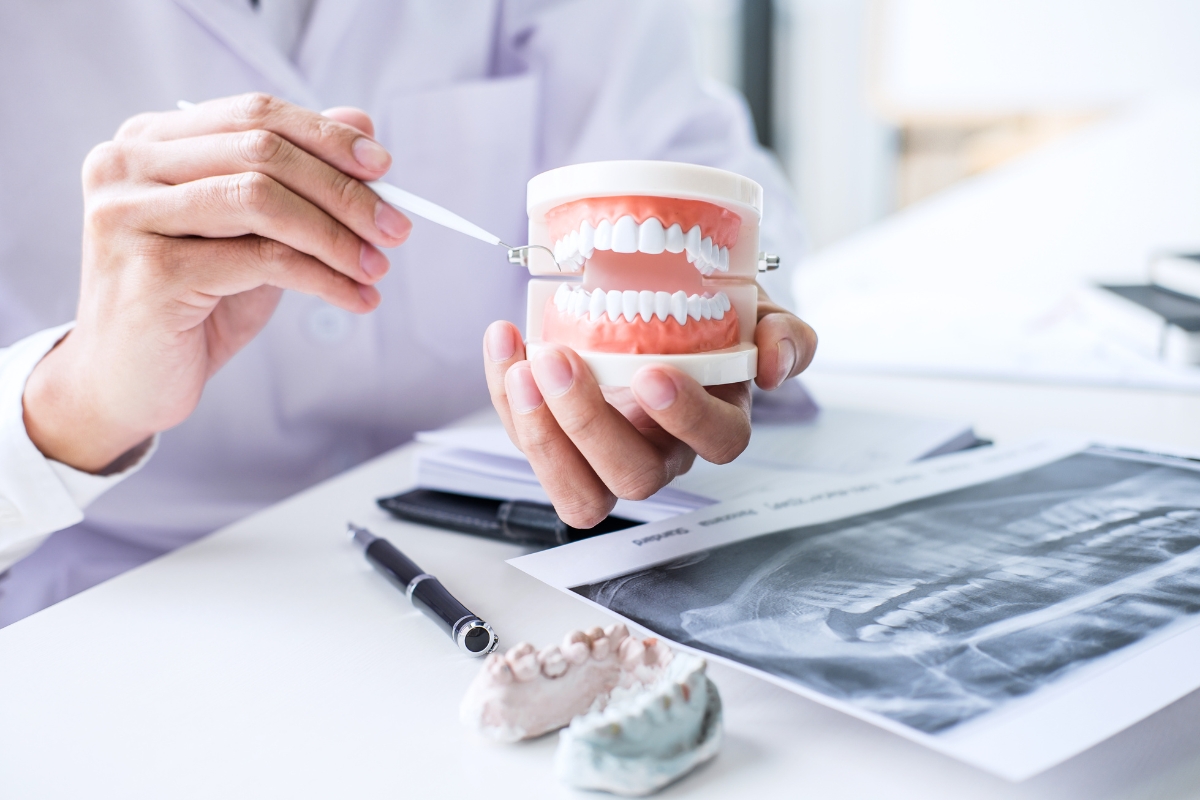4034 US-9 Howell, NJ 07731

Delving into the intricate world of bone grafting, we embark on a journey of understanding and mastery. Picture a puzzle—the human body—and bone grafting as the missing piece, vital for restoration and strength. This guide unveils the wonders of this procedure, demystifying its complexities while highlighting its profound impact on dental and orthopedic realms. From rebuilding lost bone to fostering rejuvenation, bone grafting transcends limitations, offering a gateway to renewed vitality. Join us as we unravel the layers, simplifying the intricate and paving the way for a comprehensive understanding of this transformative medical marvel.
Understanding Bone Grafting:
1. What is Bone Grafting?
It is a surgical procedure concerning the transplantation of bone tissue to repair, regenerate, or strengthen damaged or weakened bones. It serves as a critical intervention in cases of bone loss resulting from injury, disease, or other medical conditions. By utilizing bone from the patient’s own body, a donor, or synthetic materials, bone grafting in Howell promotes the growth of new bone or provides structural support where it’s needed. This technique fosters bone healing, facilitates tissue regeneration, and aids in restoring stability, making it a fundamental procedure in dentistry, orthopedics, and various medical specialties.
2. Types of Bone Grafts:
- Autografts: Utilizing bone from the patient’s body, often harvested from a different site like the hip, providing excellent compatibility and promoting natural bone growth.
- Allografts: Involving donor bone sourced from a tissue bank, carefully processed and sterilized, offering an alternative when the patient’s bone isn’t available or suitable.
- Xenografts: Employing bone from other species, such as bovine or porcine sources, processed to remove organic materials, serving as a scaffold for the patient’s bone to grow.
- Synthetic Grafts: Using artificial materials designed to mimic bone structure, providing stability and promoting new bone formation, ideal for specific medical situations or patient preferences.
3. Applications in Dentistry:
In dentistry, bone grafting plays a pivotal role in supporting dental implants. By reinforcing the jawbone where teeth are missing or weakened, bone grafts create a sturdy foundation for successful implantation. This technique ensures better stability, longevity, and functionality of prosthetic teeth, significantly enhancing oral health and aesthetics.
4. Orthopedic Relevance:
In orthopedics, bone grafting plays a crucial role in addressing fractures, bone diseases, and structural abnormalities. It aids in bone regeneration and stabilization post-injury or surgery. Whether correcting deformities or facilitating healing, bone grafts are integral in restoring skeletal integrity and function, improving patients’ quality of life.
Techniques and Considerations:
1. Surgical Procedures:
– Socket Preservation: Maintaining bone structure post-tooth extraction.
– Sinus Lift: Augmenting bone in the upper jaw for dental implants.
– Ridge Augmentation: Correcting deformities in the jawbone.
– Bone Regeneration: Stimulating new bone growth through specialized techniques.
2. Preparing for a Bone Graft:
Understanding candidacy, discussing risks, and collaborating closely with healthcare professionals is vital. Pre-operative care and post-operative precautions significantly influence the success of the procedure.
3. Recovery and Aftercare:
A crucial phase involves post-operative care, including proper oral hygiene, medication adherence, and regular follow-ups. Patients must adhere to guidelines directed by Howell dentist for optimal recovery.
In conclusion, Bone Grafting stands as a transformative solution, reshaping possibilities in dental and orthopedic care. Its multifaceted applications, from reinforcing jawbones for implants to aiding in fracture healing, illustrate its pivotal role. Understanding the nuances of this procedure empowers patients and professionals alike, fostering informed decisions and better outcomes. Remember, collaboration with healthcare providers, adherence to aftercare protocols, and a commitment to regular follow-ups are instrumental in ensuring successful recovery. Embrace the knowledge gleaned from this guide as a compass toward a brighter, healthier future—one where the potential of bone grafting enhances lives and restores confidence with every smile.

